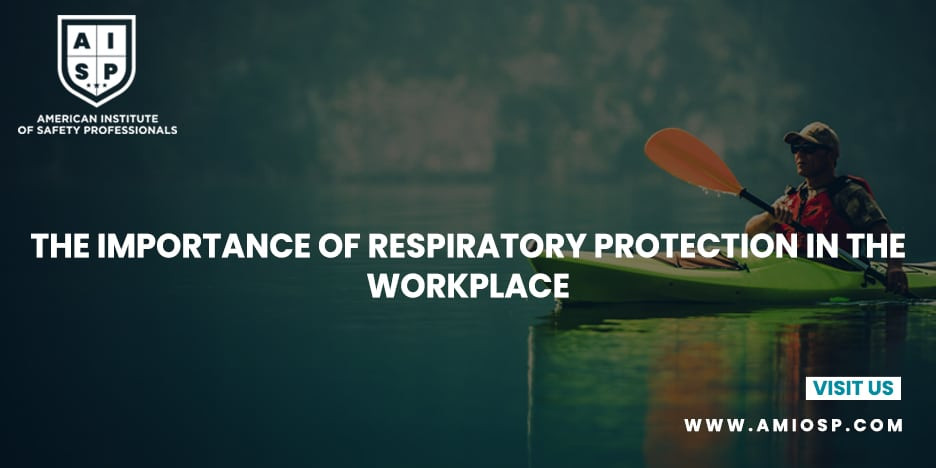In any workplace, ensuring the safety and well-being of
employees should be a top priority. One area that requires special attention is
respiratory protection. With various occupational hazards, such as airborne
particles, hazardous chemicals, and infectious diseases, it is crucial to
implement effective measures to protect the respiratory health of workers. This
blog explores the significance of respiratory protection in the workplace and
highlights why it should never be overlooked.
Protecting Against Airborne Hazards
Numerous industries expose workers to airborne hazards that
can have severe health consequences. These hazards include dust, fumes, gases,
and vapors, which can lead to respiratory diseases, such as occupational
asthma, chronic obstructive pulmonary disease (COPD), and even lung cancer. By
providing appropriate respiratory protection, employers can significantly
reduce the risk of these harmful substances entering the respiratory system.
Preventing Respiratory Infections
In recent times, the world has witnessed the devastating
effects of respiratory infections, particularly during the COVID-19 pandemic.
Controlling the spread of infectious diseases in the workplace is vital to
safeguard the health and well-being of employees. Implementing respiratory
protection measures, such as wearing masks or respirators, can effectively
reduce the transmission of airborne pathogens, including viruses and bacteria.
These measures not only protect individual workers but also contribute to
maintaining a healthy and productive workforce.
Compliance with Occupational Health and Safety
Regulations
Governments and regulatory bodies have established
occupational health and safety regulations to protect workers from potential
hazards. These regulations often include specific guidelines regarding
respiratory protection in different industries. Employers have a legal and
moral responsibility to comply with these regulations and provide the necessary
respiratory protective equipment to their employees. Failure to do so can lead
to severe consequences, such as penalties, lawsuits, and, most importantly, the
compromise of worker safety.
Enhancing Productivity and Employee Morale
A safe and healthy work environment is crucial for
maintaining high levels of productivity and employee morale. When workers feel
protected and confident in their safety, they can focus more on their tasks
without unnecessary worry. Respiratory protection not only minimizes the risk
of occupational illnesses but also demonstrates an employer's commitment to the
well-being of their workforce. This, in turn, can lead to improved job
satisfaction, increased loyalty, and positive work culture.
Choosing the Right Respiratory Protection
Selecting the appropriate respiratory protection is
paramount to ensure its effectiveness. Factors such as the nature of the
workplace hazards, the level of exposure, and the type of work being performed
should be considered when choosing respiratory protective equipment. Common
options include disposable masks, half-face or full-face respirators, powered
air-purifying respirators (PAPRs), and supplied air systems. It is crucial to
provide proper training and guidance to employees on how to correctly wear,
use, and maintain the chosen respiratory protection.
Regular Evaluation and Maintenance
Implementing respiratory protection measures is not a
one-time task; it requires ongoing evaluation and maintenance. Employers should
regularly assess the effectiveness of the respiratory protection program,
conduct fit tests to ensure proper fitting of respirators, and provide
necessary replacements or repairs when required. Regular training sessions and
awareness campaigns can also help reinforce the importance of respiratory protection
and keep employees informed about any updates or changes in guidelines or
equipment.
Conclusion
Respiratory protection in the workplace is of utmost
importance to safeguard the health and well-being of employees. By protecting
against airborne hazards, preventing respiratory infections, complying with
regulations, and enhancing productivity, employers can create a safer work
environment. Choosing the right respiratory protection, providing proper
training, and conducting regular evaluations are essential steps in maintaining
an effective respiratory protection program. Remember, prioritizing respiratory
health not only protects employees but also contributes to the success and
sustainability of any organization.












0 comments
No Comments